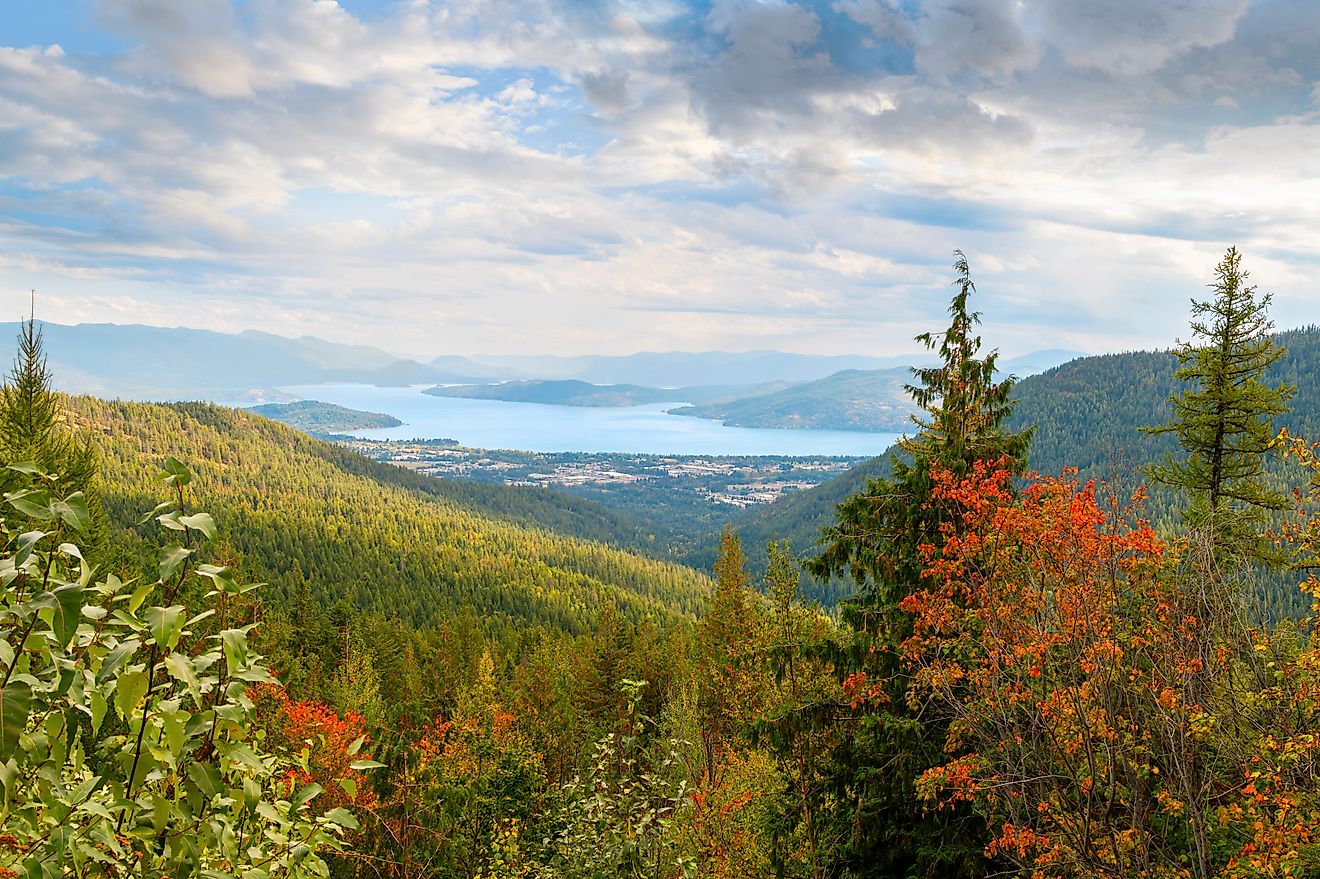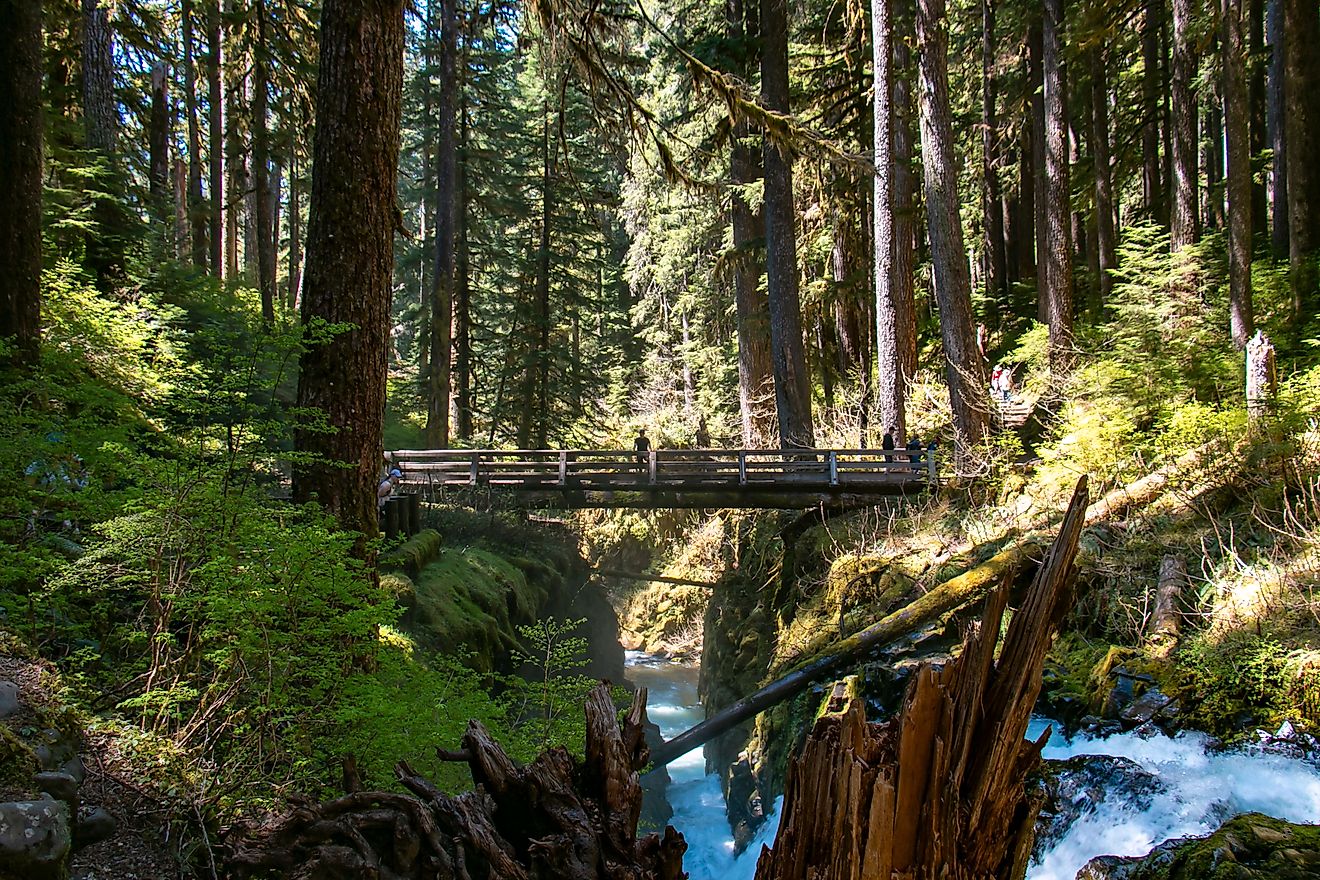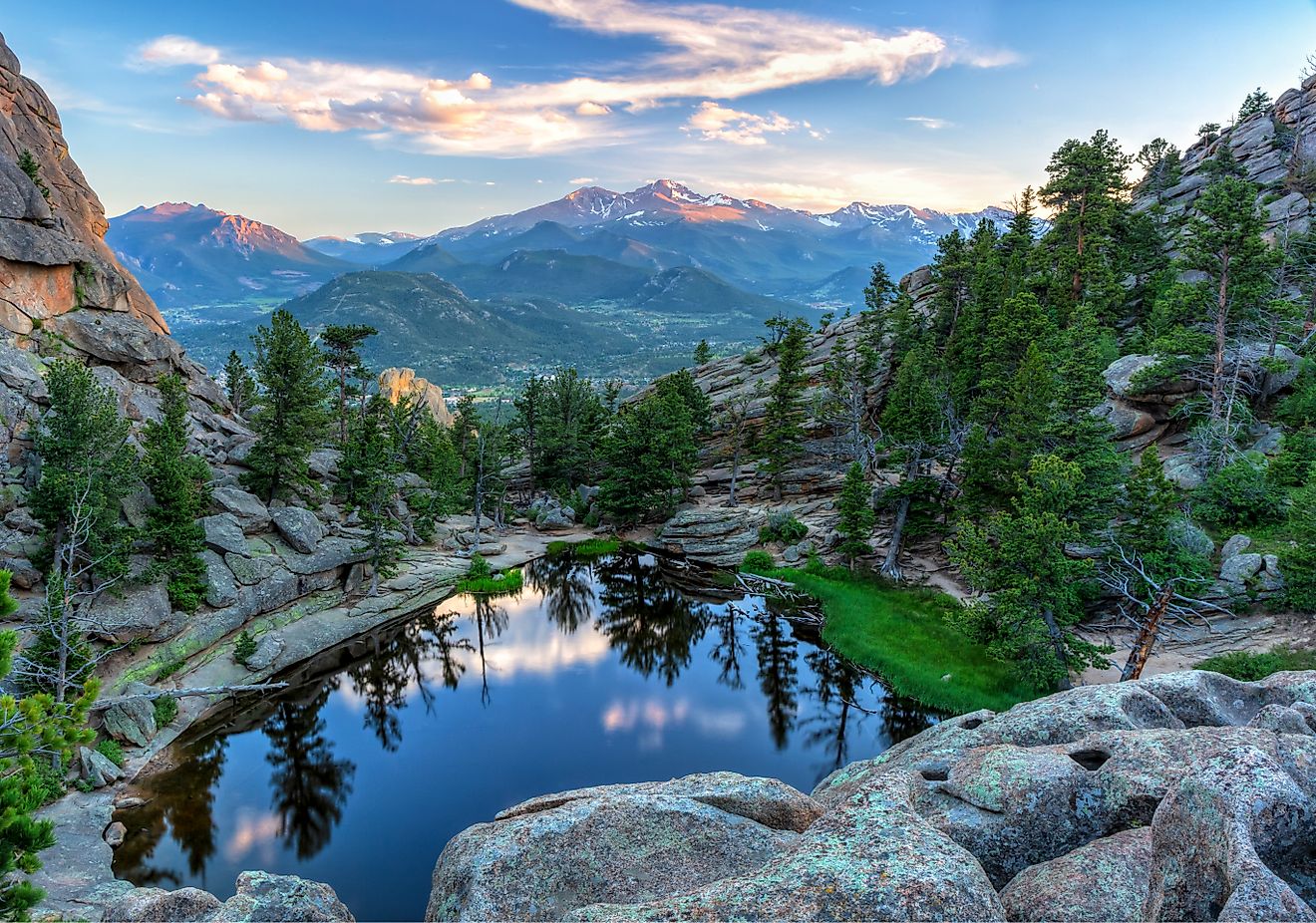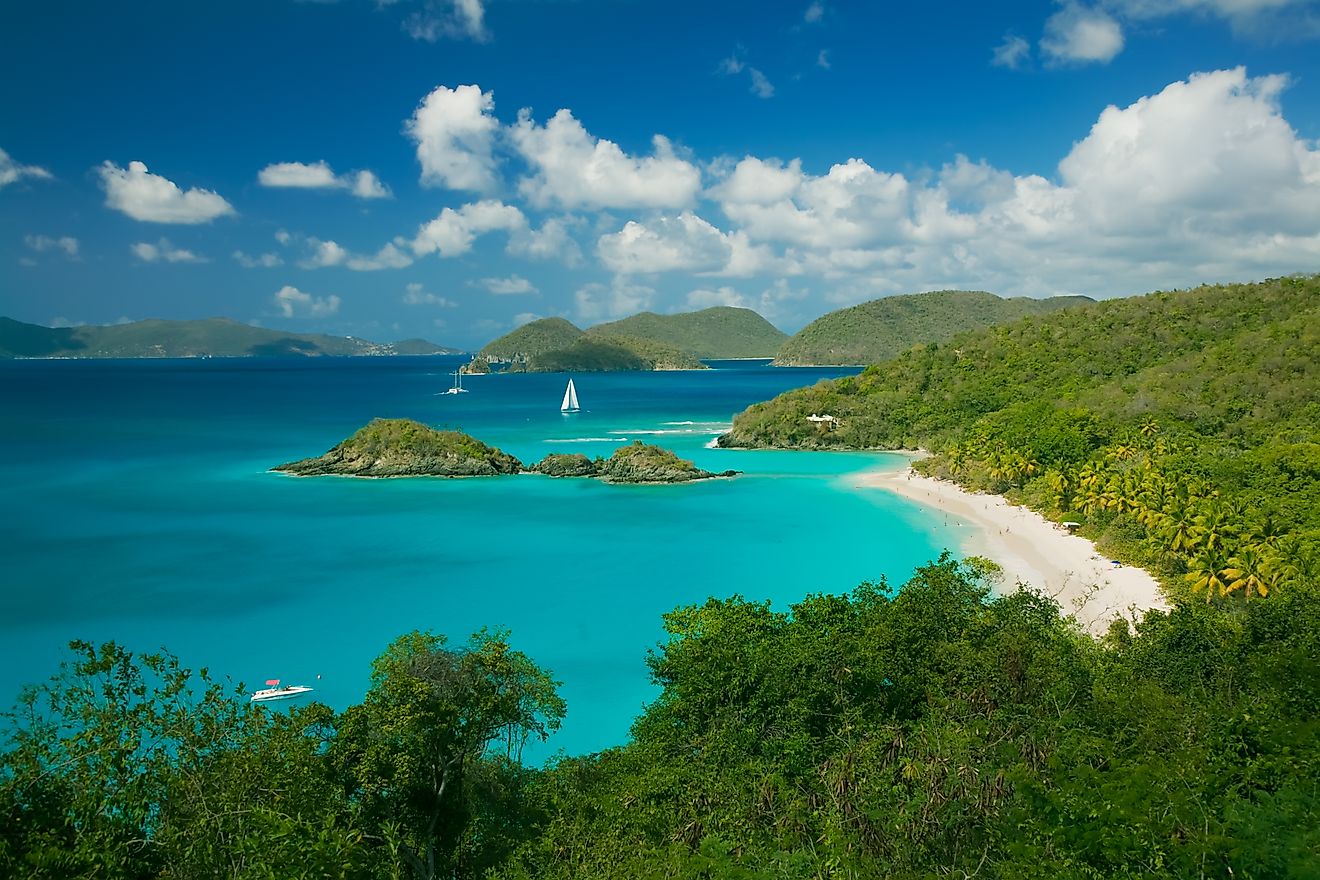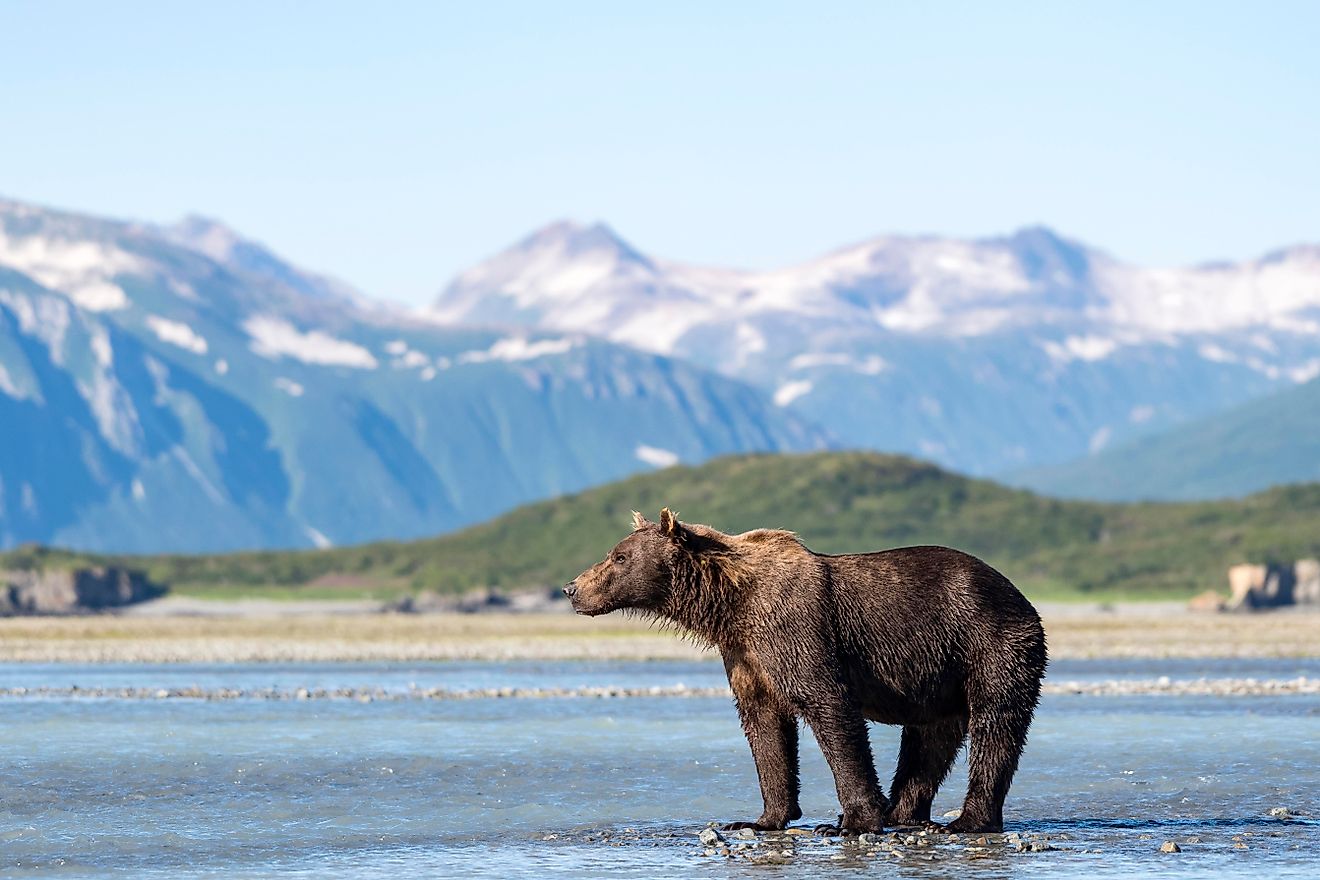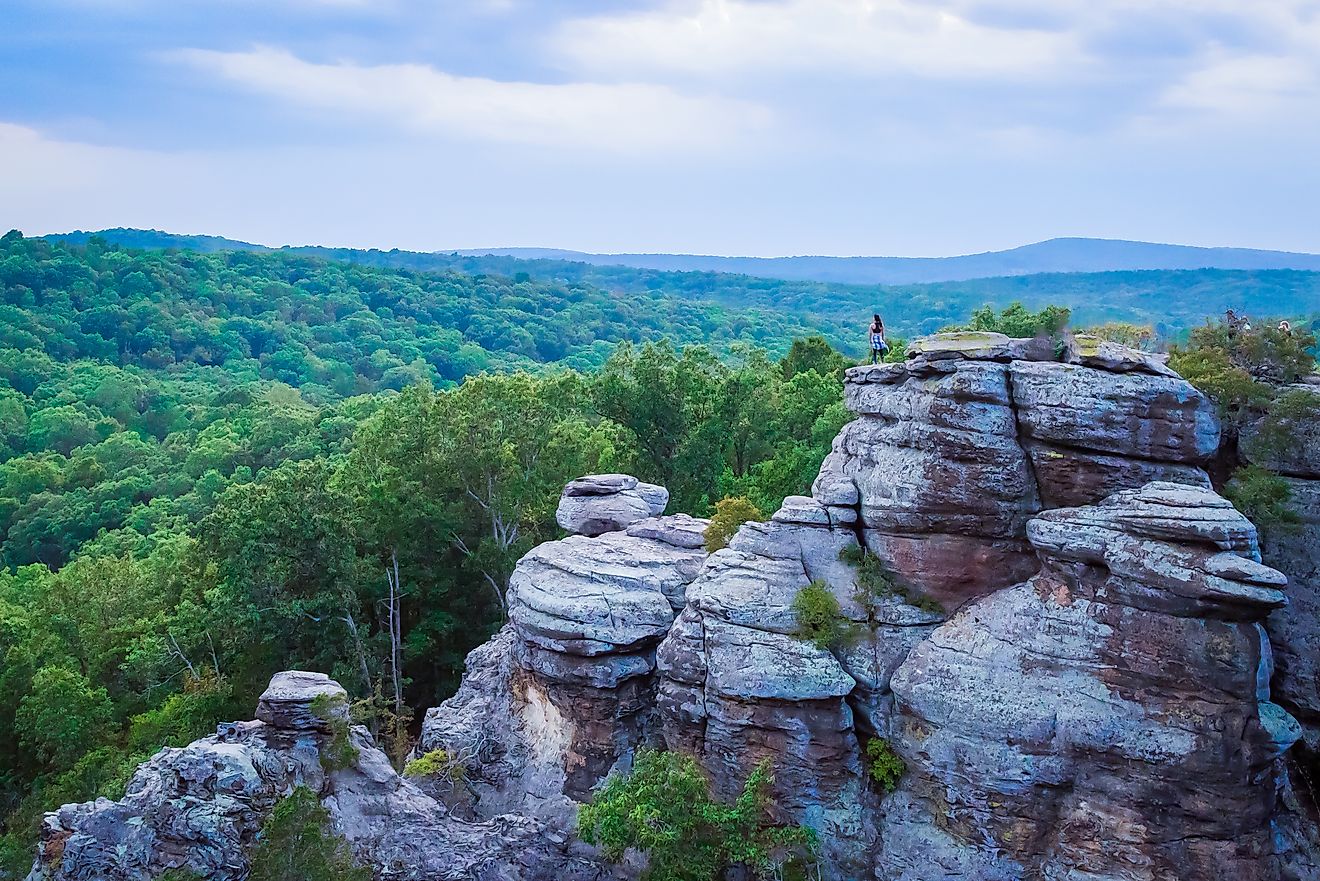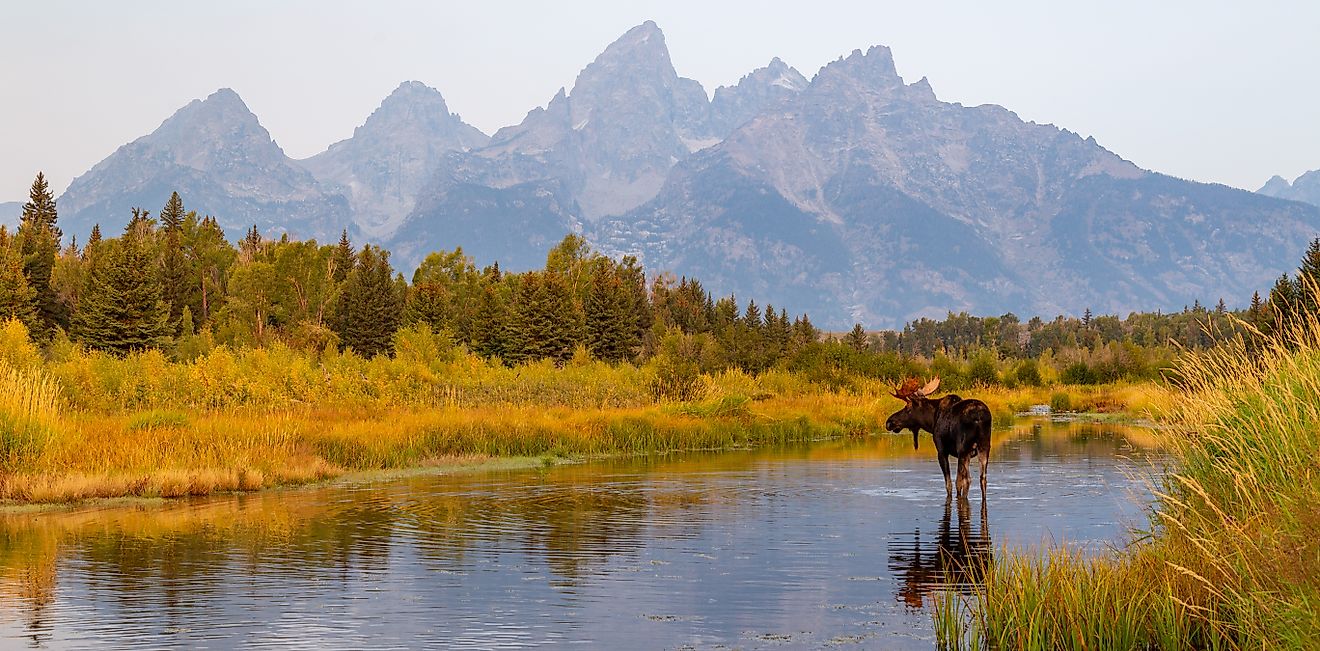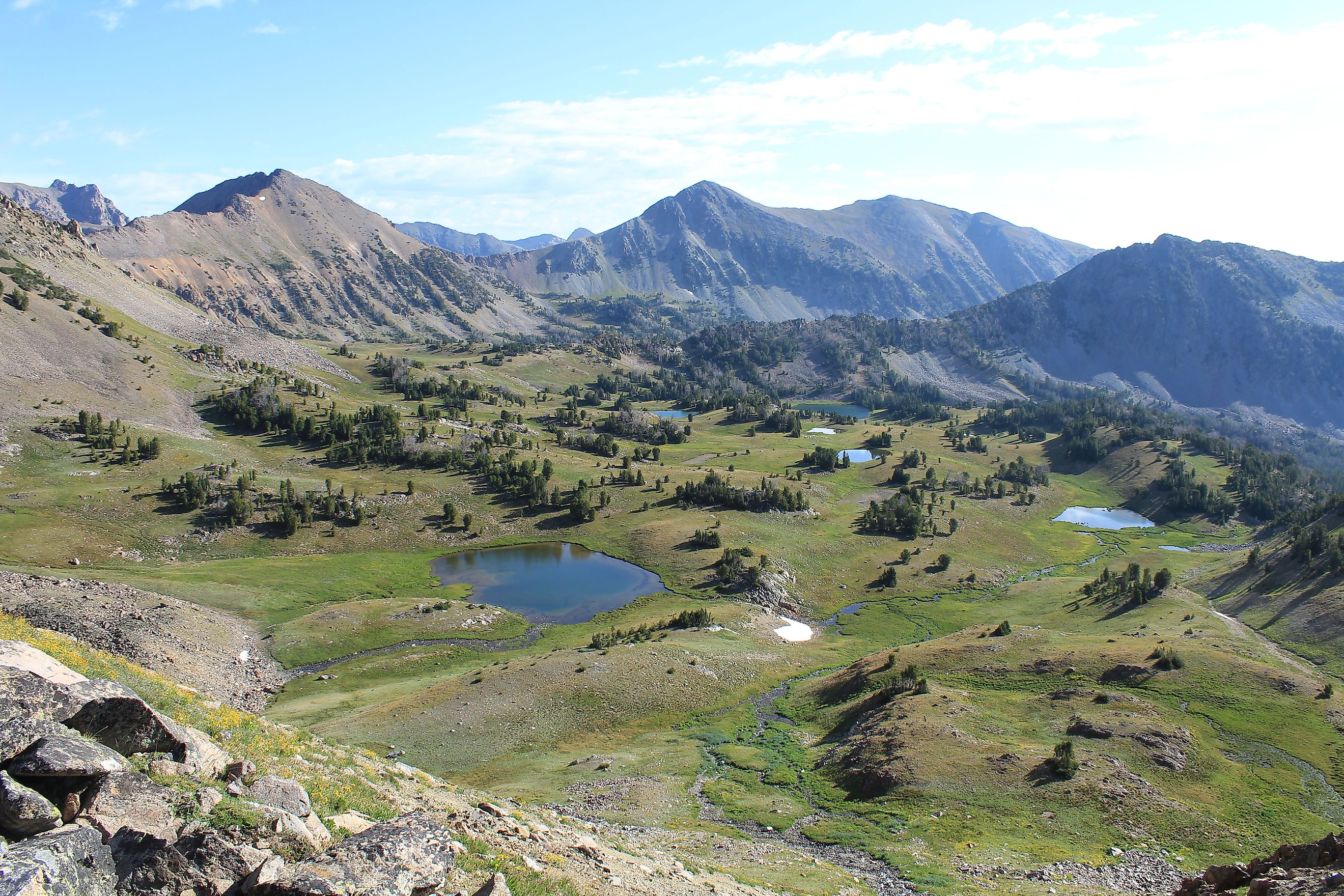
Beaverhead-Deerlodge National Forest
Stretching across more than 3.36 million acres in southwestern Montana, Beaverhead-Deerlodge National Forest is the largest forest in the state. Spanning eight counties and nine separate sections, the forest is a blend of rugged mountains, rolling valleys, historic sites, and vast rangelands. From alpine lakes to sagebrush plains, it offers adventure, wildlife encounters, and a glimpse into Montana’s past.
President Theodore Roosevelt created the Big Hole Forest Reserve in 1908, now part of the merged Beaverhead-Deerlodge National Forest. His goal was to prevent environmental destruction caused by mining operations, which had led to soil erosion and pollution in the upper Big Hole River. Today, the forest is a testament to conservation, history, and outdoor recreation.
A Landscape Shaped by Mountains and Rivers
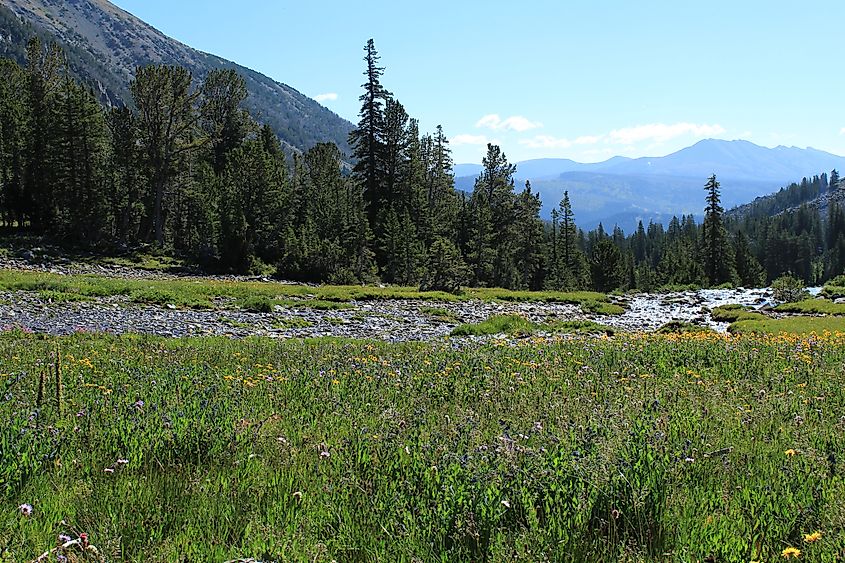
The Beaverhead-Deerlodge National Forest boasts a highly diverse geography, with each section hosting distinct ecosystems. The Beaverhead section spans 2.13 million acres and encompasses the Pioneer, Gravelly, and Sapphire Ranges, as well as the Centennial and Bitterroot Mountains. This area includes Lemhi Pass, which rises to 7,323 feet and is a National Historic Landmark famously crossed by the Lewis and Clark Expedition.
The Deerlodge section covers 1.23 million acres and features the Tobacco Root Mountains, the Flint Creek Range, and portions of the Elkhorn Mountains, along with historic mining towns and expansive sagebrush rangelands. The forest is also home to notable peaks and features, including the towering Sapphire Range peaks that reach 11,000 feet and host alpine lakes and high-altitude trails.
The Continental Divide runs through the forest, splitting watersheds and attracting hikers and wildlife. Interspersed among these mountains are rivers, lakes, and wetlands, creating rich habitats for both terrestrial and aquatic species.
Flora and Fauna: Nature at Its Peak
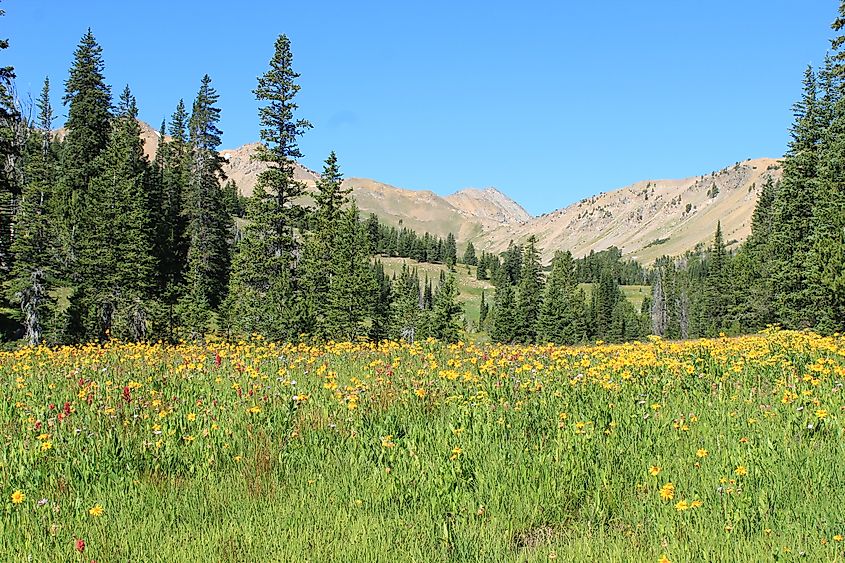
The forest is a biodiversity hotspot. It is home to vast forests, open rangelands, and alpine meadows.
Trees and Plants:
-
Ponderosa pine, fir, spruce, juniper
-
Western sagebrush and grasslands
-
Alpine wildflowers in higher elevations
-
Western sword ferns along river corridors
-
Lettuce lichen supporting deer and elk
Wildlife Highlights:
-
Grizzly bears, black bears, cougars, Canadian lynx, gray wolves
-
Elk, mule deer, moose, bighorn sheep, pronghorn
-
Bald eagles, hawks, bull trout, Arctic grayling
-
Common sight: coyotes and small mammals
These ecosystems provide rich opportunities for birdwatching, wildlife photography, and observing rare species in their natural habitat.
History Etched in the Landscape
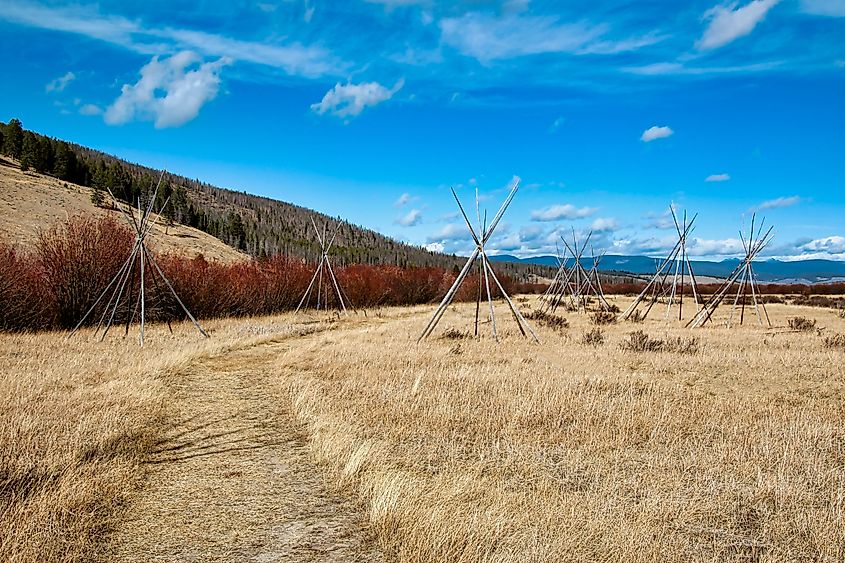
Indigenous tribes lived, hunted, and traded throughout the area long before settlers arrived, leaving a lasting cultural legacy. In 1805, the Lewis and Clark Expedition crossed Lemhi Pass with guidance from Sacagawea and her brother Cameahwait, marking a pivotal moment in US exploration.
The discovery of gold in Bannack in 1862 and copper in Butte helped shape Montana’s early economy, and ghost towns such as Philipsburg and Whitehall preserve this mining history. The forest is also crossed by the Nez Perce National Historic Trail, which commemorates the 1877 flight of the Nez Perce people, adding another layer to its rich historical significance.
Historic Sites
| Site | Significance |
|---|---|
| Lemhi Pass | Lewis and Clark Expedition, National Historic Landmark |
| Canyon Creek Charcoal Kilns | 19th-century brick production for mining |
| Bannack Ghost Town | Montana’s first territorial capital, gold mining |
| Nez Perce Trail | Flight of Indigenous peoples, historical route |
These landmarks provide a cultural layer that complements the forest’s natural wonders.
Hiking, Camping, and Trails
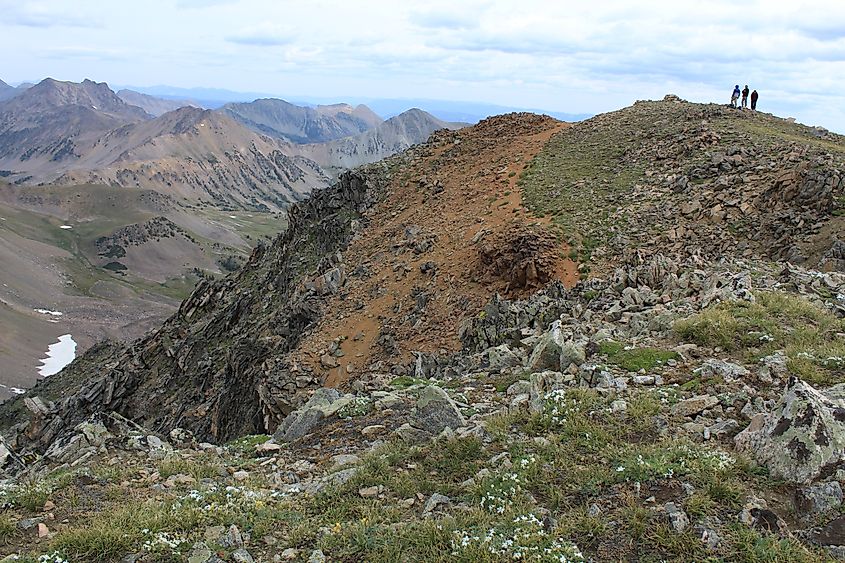
The forest offers over 1,500 miles of hiking trails and more than 50 campgrounds, ranging from accessible day hikes to remote backcountry routes.
Top Trails and Scenic Routes:
-
Continental Divide National Scenic Trail
-
Nez Perce National Historic Trail
-
Pioneer Mountains Scenic Byway
-
Alpine lake hikes in Sapphire and Gravelly Ranges
Recreational Opportunities:
-
Fishing in the Big Hole River and alpine lakes
-
Camping from established sites to backcountry wilderness
-
Snowmobiling on 250 miles of groomed trails in winter
-
Wildlife observation and photography
Visitors can choose the pace of adventure that suits them, from scenic drives to multi-day backcountry excursions.
Ghost Towns and Mining History
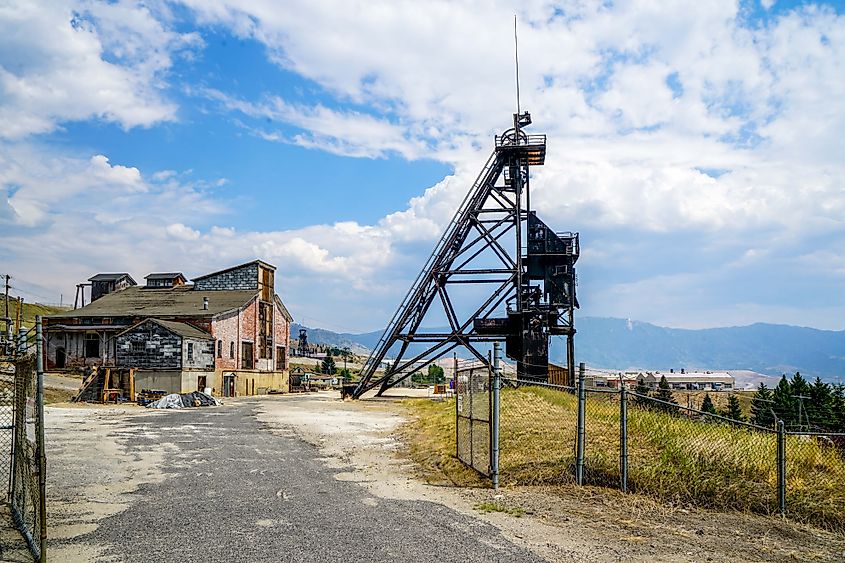
The Deerlodge section of the forest preserves Montana’s rich mining heritage, offering visitors a window into the state’s past. Butte, once a major hub for copper production, showcases the industrial legacy that shaped the region. Philipsburg features a historic main street lined with mining artifacts, while Whitehall reveals remnants of gold and silver mining activity. The Canyon Creek Charcoal Kilns, built to produce bricks for 19th-century mining operations, stands as a testament to the ingenuity and labor of the era.
Ghost towns scattered throughout the area provide a tangible connection to the lives of miners and settlers, allowing visitors to imagine the challenges, ambitions, and daily realities of Montana’s early communities.
Planning Your Visit
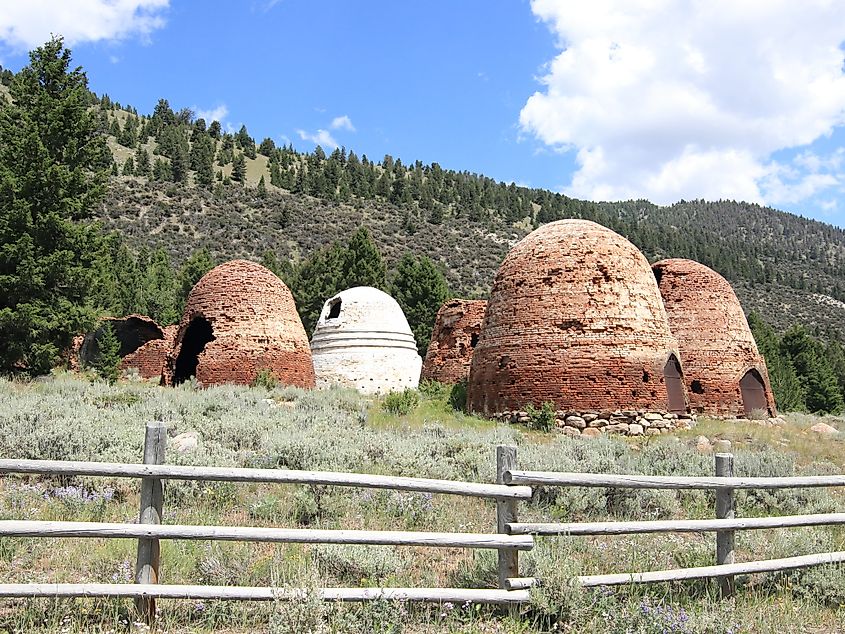
Visitors have multiple options for accessing the forest:
Access Points:
-
Interstate 15 and Interstate 90
-
Montana Highways 43 and 278
-
Forest service roads leading to trailheads and campgrounds
Ranger Stations:
-
Dillon (headquarters), Butte, Philipsburg, Deer Lodge, Whitehall, Boulder, Ennis, Sheridan, Wise River, Wisdom, Lima
Visitor Tips:
-
Lodging and dining are available in nearby towns
-
Summer offers ideal hiking, fishing, and camping
-
Spring and fall provide fewer crowds and vibrant scenery
-
Winter is popular for snowmobiling and winter sports
Recommended Essentials:
-
Trail maps and permits from ranger stations
-
Layered clothing for variable mountain weather
-
Wildlife viewing safety tips
Wilderness Areas
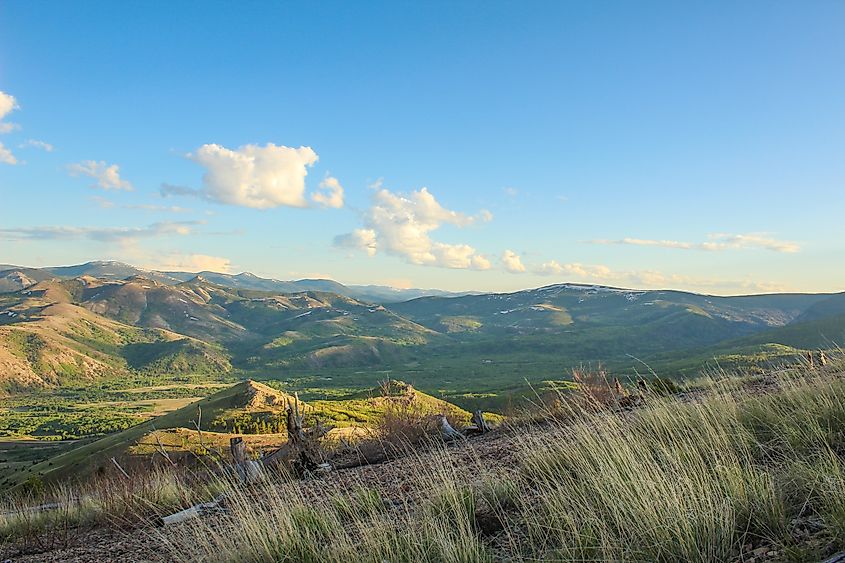
Anaconda-Pintler Wilderness
The Anaconda-Pintler Wilderness spans 2.1 million acres of high alpine peaks, lush meadows, and pristine lakes. It extends into neighboring forests, creating a vast and interconnected protected area. Visitors can enjoy remote hiking, wildlife viewing, and the sense of isolation that comes with such an expansive wilderness.
Lee Metcalf Wilderness
Located in the Madison Mountains and forming part of the Greater Yellowstone Ecosystem, the Lee Metcalf Wilderness offers a protected backcountry environment. It is ideal for solitude, hiking, and observing native wildlife in their natural habitat.
These wilderness areas preserve the forest’s ecosystems while providing immersive outdoor experiences for those seeking adventure and connection with nature.
Conclusion: A Montana Treasure
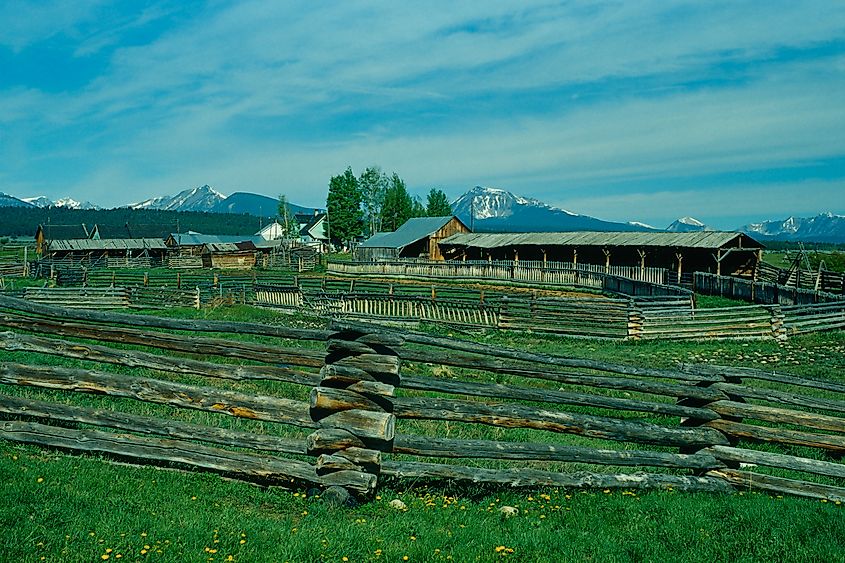
Beaverhead-Deerlodge National Forest is a destination that combines natural beauty, history, and adventure. From alpine peaks and scenic valleys to ghost towns and historic trails, the forest offers something for every visitor. Wildlife abounds, trails lead to breathtaking vistas, and rivers and lakes provide endless outdoor recreation.
The forest’s size, diversity, and accessibility make it a cornerstone of Montana’s outdoor heritage. Whether hiking in wilderness areas, exploring historic sites, or enjoying a peaceful riverbank, visitors leave with memories of one of America’s most remarkable national forests.
Key Highlights
This chart helps visitors quickly identify key experiences within the forest.
| Feature | Location | Activity Options |
|---|---|---|
| Lemhi Pass | Beaverhead Mountains | Hiking, history, photography |
| Canyon Creek Charcoal Kilns | Deerlodge Section | Historical site, short hikes |
| Big Hole River | Beaverhead Section | Fly fishing, picnicking, wildlife watching |
| Sapphire and Gravelly Ranges | Beaverhead Section | Alpine hiking, camping, wildlife observation |
| Nez Perce National Historic Trail | Across Forest | Multi-day hikes, historical education |

